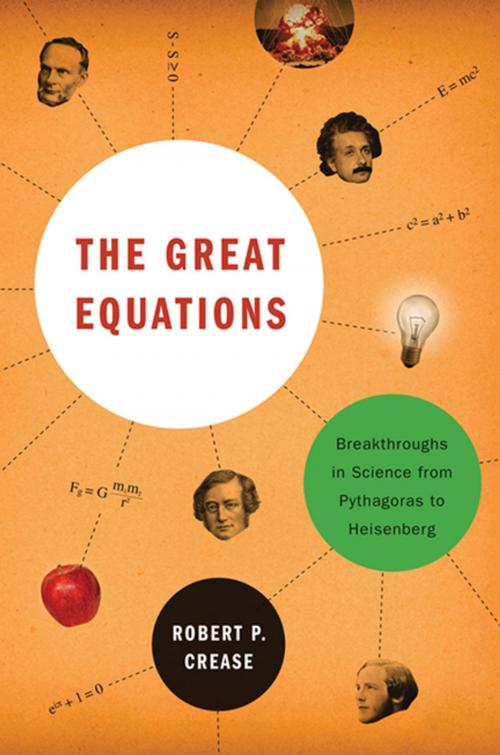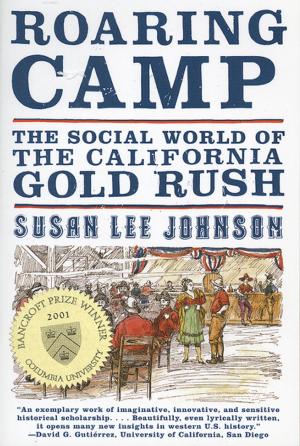The Great Equations: Breakthroughs in Science from Pythagoras to Heisenberg
Nonfiction, Science & Nature, Mathematics, History, Science, Other Sciences| Author: | Robert P. Crease | ISBN: | 9780393345766 |
| Publisher: | W. W. Norton & Company | Publication: | January 18, 2010 |
| Imprint: | W. W. Norton & Company | Language: | English |
| Author: | Robert P. Crease |
| ISBN: | 9780393345766 |
| Publisher: | W. W. Norton & Company |
| Publication: | January 18, 2010 |
| Imprint: | W. W. Norton & Company |
| Language: | English |
“Any reader who aspires to be scientifically literate will find this a good starting place.”—Publishers Weekly
While we may be familiar with some of science’s greatest equations, we may not know that each and every equation emerged not in “Eureka!” moments but in years of cultural developments and scientific knowledge. With vignettes full of humor, drama, and eccentricity, philosopher and science historian Robert P. Crease shares the stories behind ten of history’s greatest equations, from the “first equation,” 1 + 1 = 2, which promises a rational, well-ordered world, to Heisenberg’s uncertainty principle, which reveals the limitations of human knowledge. For every equation, Crease provides a brief account of who discovered it, what dissatisfactions lay behind its discovery, and what the equation says about the nature of our world.
“Any reader who aspires to be scientifically literate will find this a good starting place.”—Publishers Weekly
While we may be familiar with some of science’s greatest equations, we may not know that each and every equation emerged not in “Eureka!” moments but in years of cultural developments and scientific knowledge. With vignettes full of humor, drama, and eccentricity, philosopher and science historian Robert P. Crease shares the stories behind ten of history’s greatest equations, from the “first equation,” 1 + 1 = 2, which promises a rational, well-ordered world, to Heisenberg’s uncertainty principle, which reveals the limitations of human knowledge. For every equation, Crease provides a brief account of who discovered it, what dissatisfactions lay behind its discovery, and what the equation says about the nature of our world.















